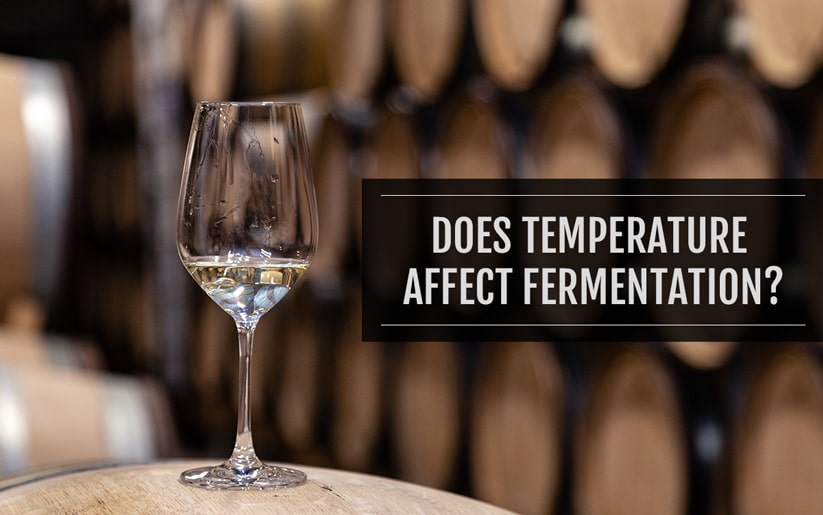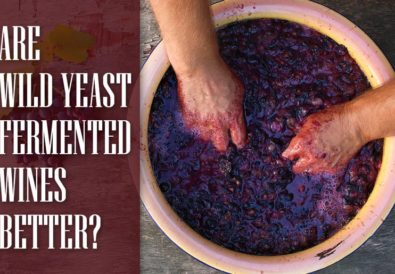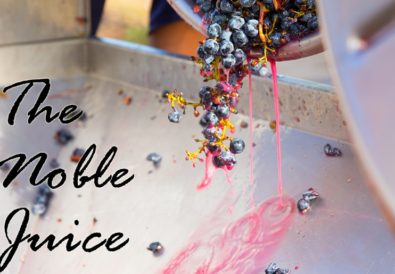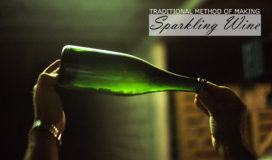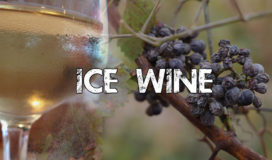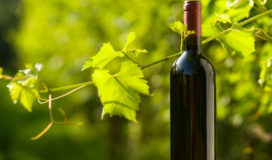Fermentation, as most of us would know, is the conversion of sugar (present in the grape juice) into alcohol & carbon dioxide. Not as simple as it appears, this process involves great attention as the reaction can lead to undesirable results owing to its exothermic nature. Depending upon the grape variety and the desired result, a winemaker may employ warm or cold fermentation. Read on to know how this choice (Particularly cold fermentation in wine) affects the aromas & flavours of your drink?
Warm vs Cold Fermentation
Warm fermentation is generally used for red wines. This is because the high temperature helps extract the colour and tannins better. The optimal temp. required for red wine during this process may vary between 68-86°F, while for white wine, it should not exceed 59°F. Cold fermentation may take a little longer than the former, but it helps retain the fruit characteristics in a wine.
Benefits of Cold Fermentation
-
As a secondary byproduct of the fermentation, yeast produces esters, a class of aromatic compounds. They bring in fruity and floral characteristics. Esters are highly volatile and thus, in order to prevent evaporation, a winemaker needs to ascertain a lower temp. during the process.
-
Temperature control prevents the development of undesirable characteristics, also known as off-flavours. At higher temp., yeast may release sulphur-derived compounds as byproducts, resulting in aromas and flavours similar to rotten eggs, skunk, cooked cabbage and landfill.
-
Although red wines are fermented at a warm temperature, the winemaker may still require to exercise control in order to ensure that it does not exceed the limits. Very high temperature not only results in off-flavours but can also cause stop fermentation (Yeast cannot sustain high temp.).
- Cold fermentation takes longer but is still preferable as it adds complexity and is suitable for the production of fresh & aromatic wines.
Apart from this, each & every step involved in the winemaking process has its own influence on the drink. The next that follows is Malolactic Fermentation—click here for a quick guide that will help you understand your wine better.

